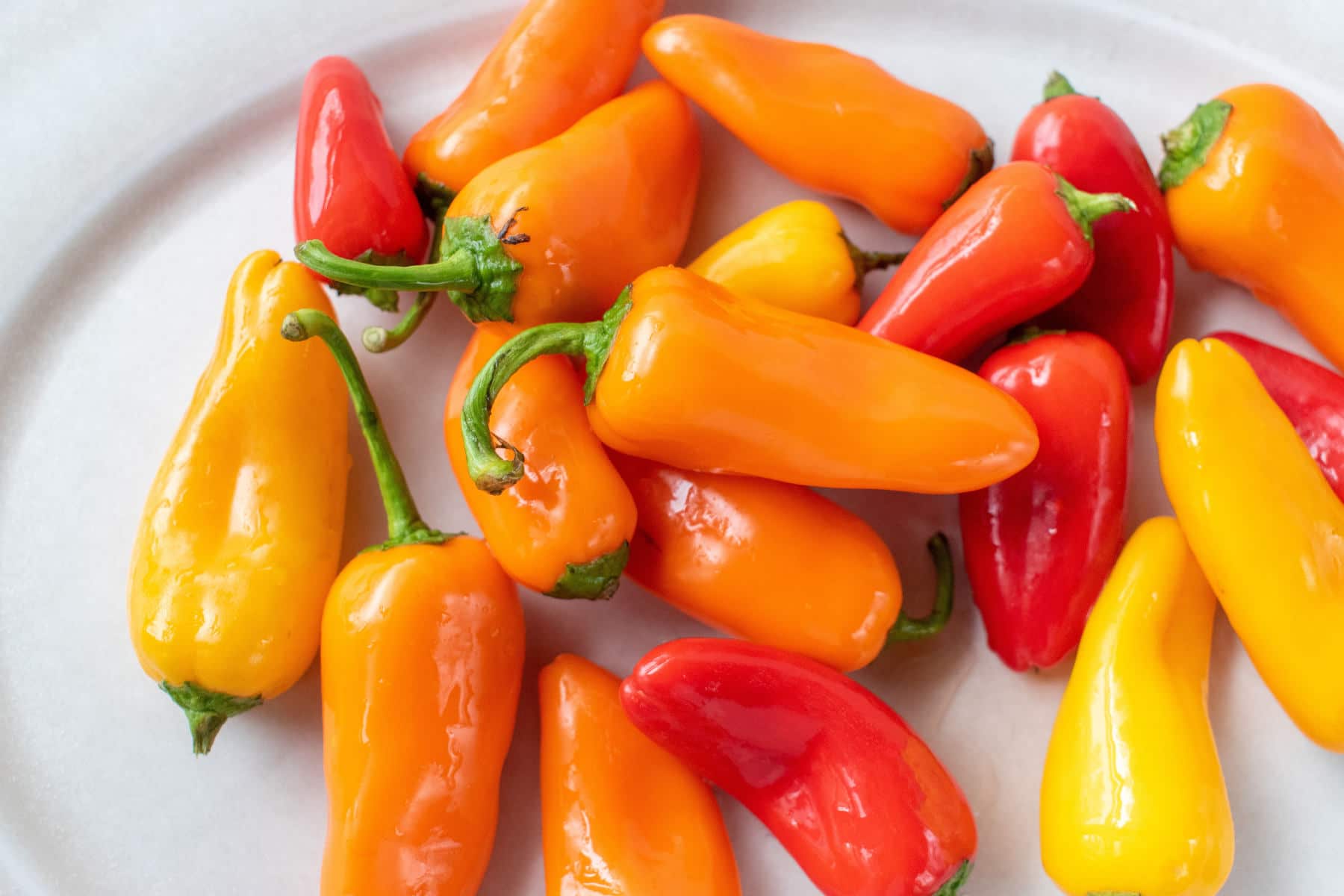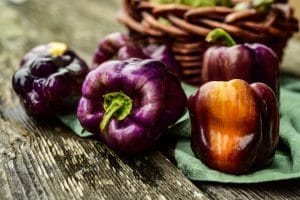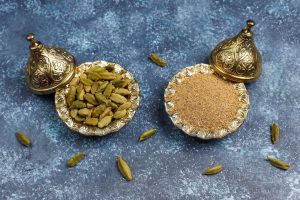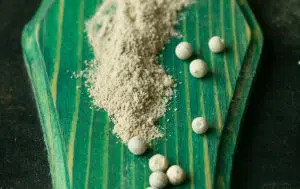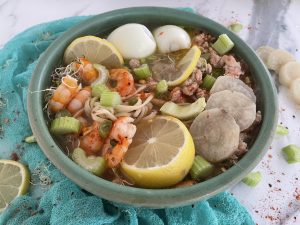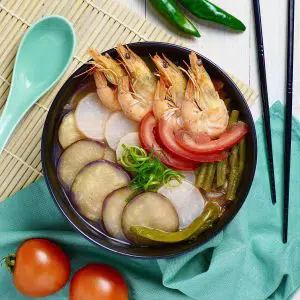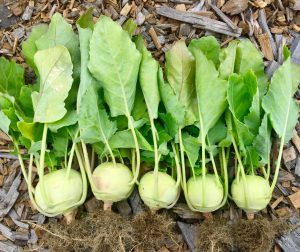Banana Peppers vs. Pepperoncini: How Are They Different?
Important Note: When you buy through our links, we may earn a commission. As an Amazon Associate we earn from qualifying purchases. Content, pricing, offers and availability are subject to change at any time - more info.
There are hundreds of pepper varieties out there. While some peppers are easy to tell apart, banana peppers and pepperoncini are not among them. They not only look the same but, at first bite at least, taste pretty much the same.
So what are the differences between banana peppers vs. pepperoncini? Can you use them interchangeably? Read on to find out.
- Banana Peppers and Pepperoncini Appearance Differences
- How the Heat Differs
- The Flavor Factors of Pepperoncini and Banana Peppers
- Common Cuisines for Banana Peppers vs. Pepperoncini Peppers
- What About Nutritional Content?
- Which is Better: Pepperoncini vs. Banana Peppers?
Banana Peppers and Pepperoncini Appearance Differences
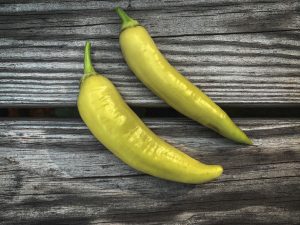
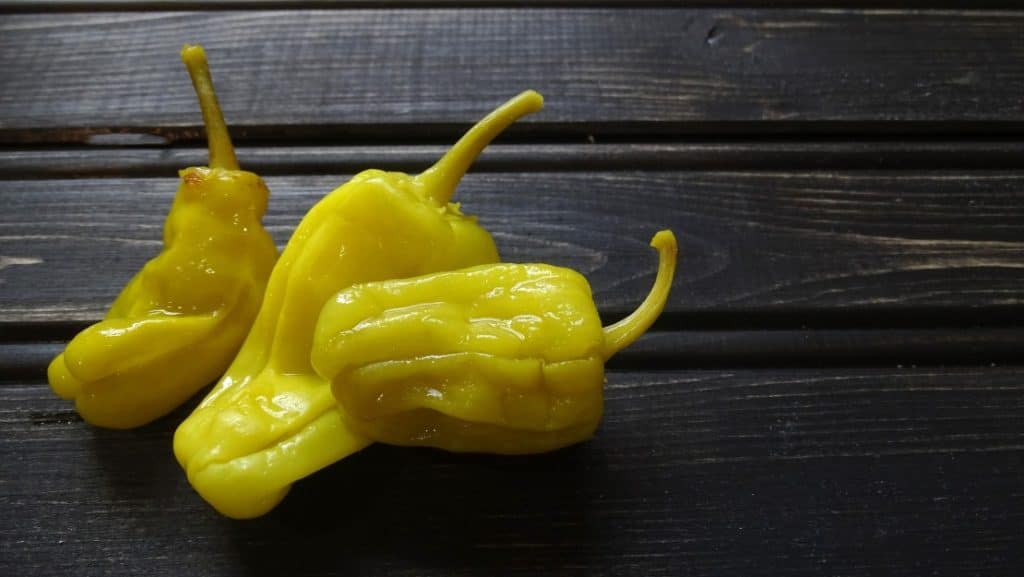
Roughly the same color and size, it’s the skin of these peppers that are different. Banana peppers have thick walls, while pepperoncini peppers have a more delicate feel. As such, pepperoncini skins have more wrinkles and folds, while banana peppers seem smoother by comparison.
Banana peppers are also shaped like the fruit for which they’re named – a curved shape with a pointy end. Pepperoncini peppers have rounded bottoms.
How the Heat Differs
With peppers, it about the heat. And there’s actually a way to measure it. The Scoville scale is a heat unit scale designed to differentiate heat ratings between different foods. Pepperoncini peppers run between 100 and 500 Scoville Heat Units or SHU. Banana peppers range from 0 and 500 SHU. That’s right; some banana peppers aren’t spicy at all. Not the best pepper for a Diablo sandwich.
Compared to other peppers, both pepperoncini and banana peppers are quite mild. Jalapeno peppers typically range between 2500 and 8,000 SHU, for instance.
There is one big exception to banana peppers’ generally flat spice factor. Hungarian wax peppers are a variety of banana peppers with SHU ratings ranging between 1000 and 15,000. Hungarian wax peppers are often called “hot banana peppers,” so you’ll want to avoid them unless you’re looking for some real heat.
The Flavor Factors of Pepperoncini and Banana Peppers
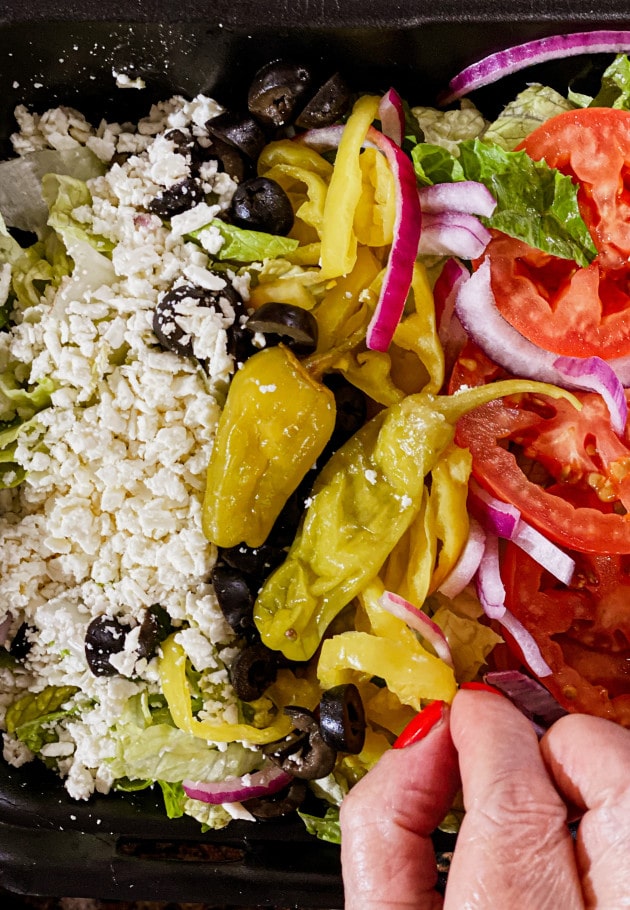
Both banana peppers and pepperoncini are considered sweet pepper, though most will find banana peppers. Pepperoncini peppers feature a “sharper” flavor profile, and some people even detect a hint of bitterness when eaten raw or with certain ingredients. Italian pepperoncini peppers are particularly bitter compared to regular pepperoncini.
They’re similar enough in flavor to use interchangeably in recipes that call for one or the other.
Common Cuisines for Banana Peppers vs. Pepperoncini Peppers
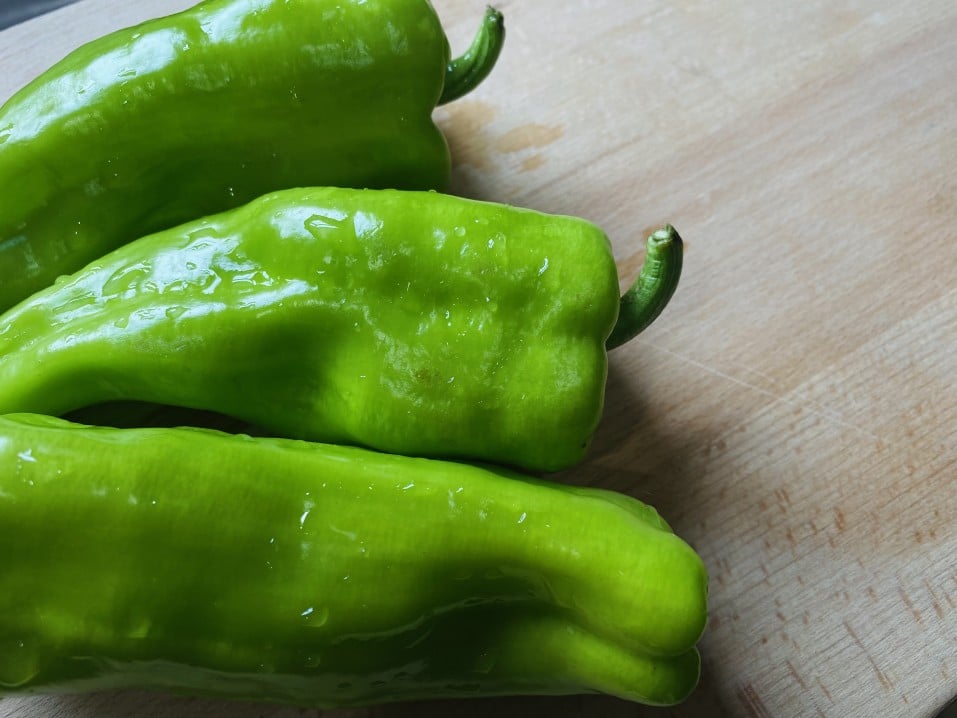
Speaking of recipes, banana peppers and pepperoncini have a place in many dishes around the world. This is partly due to their origins and how they spread to different cultures.
All peppers, including these two, come from the Americas. They were distributed throughout the European countries from explorers during the 1500s to 1700s.
Banana peppers weren’t as quickly adopted as pepperoncini, which are very compatible with the Italian climate. These peppers quickly became very cheap to grow and became a staple food item for the Italian lower classes throughout the 16th century.
Today, banana peppers and pepperoncini peppers are found in all cuisines, from Asian to Italian. Pepperoncini peppers are the choice for salads or other raw applications (because of their crunch) and banana peppers are most used in cooked dishes and stuffing.
What About Nutritional Content?
Both peppers are fairly nutritious and can give your body plenty of vitamins and minerals.
Both banana and pepperoncini peppers are rich in:
- Vitamin A
- Vitamin C
- Vitamin B6
- Iron
- Calcium
- Fiber, with 30 g of either pepper containing 1 g of fiber
The only significant area where the two differ is magnesium. Banana peppers contain magnesium and pepperoncini do not.
Both peppers are low in calories, with a 30 gram serving clocking in at around nine calories.
Which is Better: Pepperoncini vs. Banana Peppers?
They’re both great! It’s really a matter of taste. Some prefer the crunchy thick-skinned texture of banana peppers, while others like the delicate skin and bitter undertone of pepperoncini. But if you like one kind, you’re probably going to like the other.
